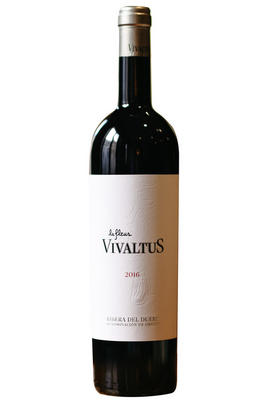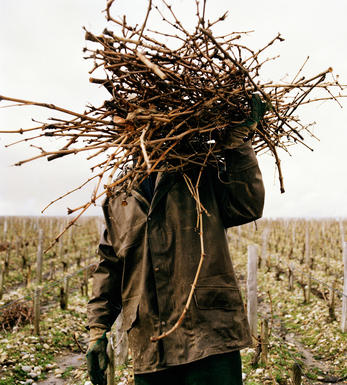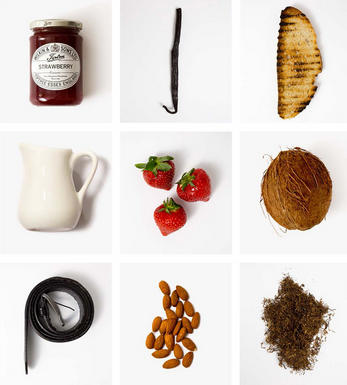
2016 Vivaltus, La Fleur, Ribera del Duero, Spain

Critics reviews
Drink 2022 to 2030
Jane Anson, Inside Bordeaux (March 2022)
About this WINE

Bodega Vivaltus
Vivaltus is a new Yllera family project with a long winemaking history in Spain’s Ribera del Duero region. Recently, the team brought in legendary consultant Jean-Claude Berrouet, best known for his 44 vintages making the wine at Petrus in Pomerol, Bordeaux.
The vineyards here are among the highest in Ribera del Duero, up to 1,000 meters above sea level. The vines are 80 years of age on average, although some are more than a century old. They grow mostly Tempranillo here, with a small amount of Cabernet Sauvignon and Merlot making up the balance. In the winery, Jean-Claude uses minimal new oak – starkly contrasting many top wines in the region.

Tempranillo/Tinto Fino
A high quality red wine grape that is grown all over Spain except in the hot South - it is known as Tinto Fino in Ribera del Duero, Cencibel in La Mancha and Valdepenas and Ull de Llebre in Catalonia. Its spiritual home is in Rioja and Navarra where it constitutes around 70% of most red blends.
Tempranillo-based wines tend to have a spicy, herbal, tobacco-like character accompanied by ripe strawberry and red cherry fruits. It produces fresh, vibrantly fruit driven "jovenes" meant for drinking young. However Tempranillo really comes into its own when oak aged, as with the top Riojas where its flavours seem to harmonise perfectly with both French and American oak, producing rich, powerful and concentrated wines which can be extraordinarily long-lived.
In Ribera del Duero it generally sees less oak - the exception being Vega Sicilia where it is blended with Cabernet Sauvignon and Merlot and then aged for an astonishing 7 years in oak and is unquestionably one of the world`s greatest wines.


Buying options
Add to wishlist
Description
The 2016 is the first vintage from Bodega Vivaltus — a joint venture between the Yllera and Martínez families and Jean-Claude Berrouet, most renowned for his 44 years at Petrus.
La Fleur de Vivaltus is the estate’s second wine and possesses much of the elegance, finesse and balance of the grand vin. Predominantly Tempranillo, with a touch of Cabernet Sauvignon, the wine sees 11 months in French oak barrels with 20% new oak.
A wonderful floral nose develops in the glass with delicate red fruit appearing on the palate. The tannins are soft and the finish is well-balanced with great acidity and length.
Drink now to 2030
Olly Hallworth, Buying Assistant, Berry Bros. & Rudd (Jan 2023)
wine at a glance
Delivery and quality guarantee